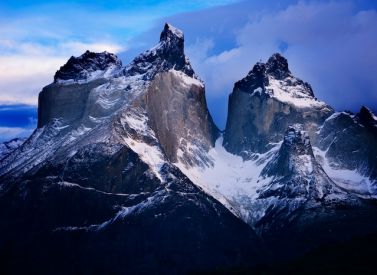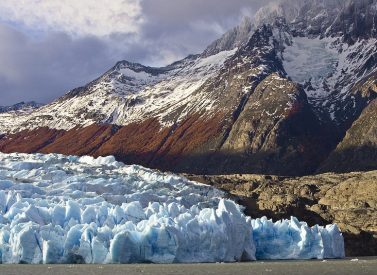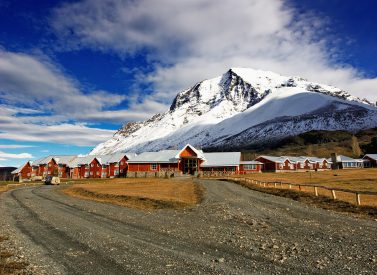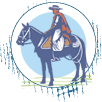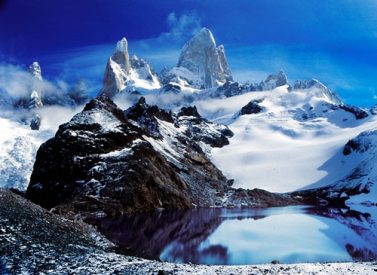
Chile Self Drive, Aysen, Patagonia Tour
Self Drive Tour of Chile’s Aysen region, taking in some Patagonia Highlights.
On this self-drive Chile trip you will see some of the most beautiful remote parts of the Aysen region of Chilean Patagonia.
Starting at the tiny Balmaceda airport, served by regular flights from Santiago, your adventure begins.
This stunning part of northern Patagonia is an immense wilderness area. It is a remote land of massive mountains, vast glaciers, ice-caps, lakes, forest and rivers.
The lower mountain slopes, between icy summits and the shorelines of deep glacial lakes, are thickly covered in ancient lichen draped lenga (southern beech) forests with small flowers and blooming bushes of native fuchsias (chilco) and fire tree (notro). The high peaks, often lost in the clouds, are ice-covered. This a land rich in wildlife, Magellanic woodpeckers, soaring Andean condors, roaming pumas, rhea, foxes, skunk, eagles and much more.
Very few people travel here. Some tourists pass through, on self-drive trips, some on bikes pedalling the 2,450 km of the Carretera Austral. Towns are few and far between. This is a land of adventure.
The local people are warm and friendly, loving to sit and have a good old chat over a mate or cup of tea.
As you drive south along the iconic Carretera Austral, every couple of hours there is a village or small town. Often this is little more than a hamlet. Wooden shingle-roofed houses often flaking apart have small untended gardens, testament to long cold snowy winters and a very short growing season. Some towns are bigger with a few bars and shops.
Villa Cerro Castillo, is a typical north Patagonia town, with a few shops and bars. Local people from far and wide congregate to eat, chat and watch football. Typical rural Chilean food is basic but always plentiful. Most typical seems to be the giant burger with chips, with not much variety in the way of fresh fruit or vegetables. But everyone you meet will be welcoming and more than happy to stop for a chat.
We include some walking days allowing you to trek into the mountains. Away from the towns you are unlikely to cross paths with anyone else. The impact of man here is seemingly negligible. In this part of Patagonia, in contrast to further south, you are well and truly off the beaten track.
Driving through Aysen in Chile is like travelling back in time 15 or 20 years. You will see and experience the very best of Patagonia, the wilderness, stunning scenery, the isolation, and above all the hospitality of the local Chilean people.
Trip Highlights
Print Share Download as PDF-
Northern Patagonia spectacular landscapes
-
Cerro Castillo day walk
-
Patagonia National Park - wonder of the world, mountains and glaciers.
-
Glaciers, rivers and Chilean
wilderness -
Chilean hospitality
-
The marble caves on lake General Carrera
We did so many excellent and fun activities on this trip its hard to pin it down to one but I think for both of us the most enjoyable day was the Cactus Valley trek in the Atacama.
Koleaar, Tailor Made Chile
Full Itinerary
Day 1: Arrive Balmaceda, hotel
After picking up the Europcar rental vehicle at Balmaceda airport, you start your drive south on the iconic Carretera Austral.
It is a short drive on paved roads today to Villa Cerro Castillo. Just before arrival at the small town you have a wonderful view of the Cerro Castillo massif.
Day 2: Cerro Castillo National Park (optional 7-hour hike) (B)
Today is dedicated to exploring the park on foot on a fabulous trek. Buy yourselves a picnic this morning and let the hotel know where you are headed.
The Cerro Castillo National Park has begun to become a bit better known over the last few years. There are day walks and multi-day treks into this lovely mountain area.
The jewel at the centre of this national park is the rocky castle like peak of Cerro Castillo.
From the various walking available options, we suggest a full day hike, the ascent to turquoise Laguna Verde at the foot of the Cerro Castillo massif. We recommend an early start to enjoy the day
This trek can easily be done on your own, as the trail is well marked. If you prefer we can organise a guide or even horses for you.
At the park entrance you get a small map and pay the entrance fee (about 18 USD).
On the walk you will enjoy wonderful views of the broad river valley and village below. You will look across to the glaciers of the north Patagonia ice cap and many of the Chilean Andes all around.
After a steady 3-4 hour climb through scrub and woodlands you reach the blue lake below the majestic peaks of Cerro Castillo.
Enjoy the view while eating your well deserved picnic. Afternoon return to the village where a pleasant warm shower in the hotel awaits you.
Overnight Villa Cerro Castillo.
Day 3: Villa Cerro Castillo - Puerto Guadal (181 km, around 4 hours drive) (B)
Today you set off by car again driving south through the Simpson Valley.
You head further and further into the wilderness then reach the extensive General Carrera lake.
We suggest you stop for lunch at a local restaurant in Puerto Tranquilo then take a kayak trip or a boat trip to the beautiful marble caves of the Lago General Carrera.
You continue a short distance to your accommodation on the lake shore near Puerto Guadal.
Day 4: Puerto Guadal - Chile Chico (106 km, 2-3 h drive) (B)
Drive today along the shores of Lago General Carrera towards the border with Argentina to Chile Chico.
The climate changes as you reach drier steppe landscape.
Chile Chico is also referred to as the Chilean “Sun City” due to its surprisingly mild climate in which cherries and other fruits are planted.
Overnight Chile Chico.
Day 5: National Park Patagonia (optional 5-hour hike) (B)
About 30 km or 40 minutes by car from Chile Chico, the hike begins through the recently opened Patagonia National Park.
The route is 7.4 km long, approximately 4-5 hours walking along a well-marked trail with breathtaking landscapes of Patagonia.
On the trail you will encounter typical Patagonia wildlife such as guanacos, condors and, with a little luck, even pumas.
On your hike you will be able to admire the unique ‘Piedra Clavada’, a 40m high, free-standing rock in the middle of the pampa, which solemnly defies the harsh climate.
Furthermore, you will come across traces of the lost culture of the Tehuelche Indians, a nomadic people, who inhabited this region.
Along the trail you come across the ‘Cueva de las Manos’, a cave that, through its countless murals, is one of the most important legacies of this culture.
Also along the way you see the weirdly eroded colorful rock formations of Valle de la Luna, reminiscent of an unreal lunar landscape.
Day 6: Chile Chico - Puerto Bertrand (131 km, 3-4 h drive) (B)
Today drive along the south shore of the lake, to the village of Puerto Bertrand.
If time permits, we recommend a visit to the Rio Nef Confluence (Confluencia) located about 30 km south of Puerto Bertrand with Rio Baker. Both are magnificent Patagonia rivers carrying masses of melt water to the Pacific.
Overnight Puerto Bertrand.
Day 7: Puerto Bertrand - Coyhaique (283 km, 5-6 h drive) (B)
Drive north to Coyhaique, the largest city in the region.
Here you are back in “civilization”; with plentiful opportunities for restaurant visits, shopping and a last refueling of the rental car.
Overnight Coyhaique.
Day 8: Depart (B)
Drive to the airport Balmaceda and return of the rental car.
Prices From $1,870 / £1,520 per person
What's Included?
Services and accommodation as mentioned or similar, (3-4* hotels with breakfast), Europcar Rental car rental for 8 days, category F2 (SUV 4×4 Nissan Xtrail Automatic or similar) with unlimited km, CDW Insurance with 200 USD deductible, local taxes, Airport service charge, Programmed Navigation System/GPS, Detailed road description and map.
Suggested accommodation (or similar): 2 nights Refugio Cerro Castillo (with private bathroom), 1 night Hotel Terraluna Lodge (Sup) (Puerto Guadal), 2 nights Cabañas El Engaño (Chile Chico), 1 night Green Baker Lodge (Puerto Bertrand), 1 night Hotel Belisario Jara (Coyhaique)
What's Not Included?
Flights (we can help to look for flights), services not mentioned, extras, personal items, insurance, alcoholic or soft drinks.
Accommodation
Hotels, based on 3* clean, central and with private bathroom where available.
Upgrades possible at extra cost (where available).
Tour Staff
If you choose to book a guide for any of the walks we can certainly organise that for you in advance. All our guides are qualified, local and English-speaking and will help you get the most out of your trip.
Guides have specialist knowledge of the areas you are visiting.
Meals
Almost all dietary requirements can be catered for if we are notified in advance, please ask for more information.
Breakfasts at the hotels will generally consist of hot drinks, toast, jams, cereals, fruits and eggs.
Note: In remote areas meals may vary depending on availability of certain items.
Activity Level
This trip is open to people with a penchant for exploring, with a positive attitude and outlook. The driving is remote and not always on paved roads.
Dust can be a problem and quite extremes of temperature, warm in the day and cold at night the moment the sun goes down.
You don’t need a specific fitness level as such, but to be adaptable, enjoy being outdoors and viewing sites etc.
We can adapt the trip to be more active if you wish.
Practical Information
An introduction to Chile
Chile is the land of contrasts, from verdant vineyards to driest desert, deep fjords and towering glaciated volcanoes.
A narrow but incredibly long, snake-like country, Chile’s unusual geography features more than 5,000km of South Pacific Ocean coast. The country is almost 4,400km long but barely more than 160km at its widest.
It is best divided into general regions, all of which offer spectacular landscapes and identities of their own.
This variety means Chile is the land where almost every activity is possible. Hiking, biking, rafting and kayaking.
Or climbing, cruising, fishing, horse riding, wine tasting.
Or simply eating great food, relaxing and exploring.
Geography of Chile
Patagonia
Trekking heaven. Paine National Park lies in Patagonia and features some of the best trekking in South America. With no altitude worries here, hikers enjoy an unrivalled mix of access to wild flora and fauna that exists in this massif. It is at once windswept, and then balmy. Paine National Park is a must see for walkers visiting South America.
Northern Patagonia is the least densely populated part of the country – spectacular virgin scenery make this a hidden gem and superb area for trekking, boating and horse riding.
And that’s before you think about possibly cruising through fjords, or kayaking them, flying to Antartica or staying at a working hacienda.
Easter Island
Iconic, Easter Island is an archaeological treasure. Here you will find the famous Moai stone statues, as well as caves and rocks decorated with etched petroglyphs and painted pictographs.
Northern Chile
Northern Chile features the Atacama, the driest desert with the clearest skies in the world, is alive with active volcanoes replete with spitting geysers mixed with archaeological wonders and fantastic rock formations.
Central Chile is the heart of Chile and includes the capital Santiago. With its Mediterranean climate of hot dry summers and mild wet winters, this central valley produces some of South America’s finest wines, Colchagua Valley to name but one.
Here, the Andean mountain chain soars more than 6,000m above sea level. Chile’s traditional symbols such as huaso (cowboy) and cueca (national dance) originate here, an area which is rich in agriculture and produces most of Chile’s export fruit.
In winter, skiers are attracted to this tasting the promise of some fabulous snow on the huge peaks which overlook Santiago.
Southern Chile and the Lake District
Lush and verdant, The Lake District area is the place to climb snow-capped volcanoes by day while relaxing next to stunning glacial lakes by evening. You can walk, bike, raft, cruise and drive your way around this beautiful region.
Central, southern and Patagonia Andes all present different challenges to mountaineers and trekkers. Options are varied in the central Andes with many of the Patagonian peaks remaining unexplored and unsummitted.
Weather in Chile
Chile’s climate varies greatly, owing to its sheer length, variation of terrain and varying altitudes and latitudes.
Lake District and Patagonia
In the south of Chile, here temperatures drop a little compared to the rest of Chile.
It can be better to go in the Austral summer (Oct-March). Daylight hours are much longer at this time, with Nov-Feb being popular times to visit. October and March can be very colourful and vivid with less visitors, but weather can be more blustery.
In Patagonia, the weather is, putting it mildly, variable, and variable on a daily basis. It is usually cool and windy all year round but seldom does the temperature fall below freezing point. Some days start with snow and end in balmy sunshine. It is always interesting, and can range from 10°C-20°C in the summer, although the wind can make it feel chilly.
The vast unbroken stretch of ocean to the west and south of the South American continent leaves the Patagonian Andes very exposed to the saturated winds that circle the Antarctic landmass. Also the South Patagonia Ice field influence makes the weather hard to predict. In spring or early summer fine weather may deteriorate almost without warning, bringing rains and eventually snow. Even in summer (Dec-Mar) you should come prepared to find cold, strong winds (up to 130 km/hr) and rainfalls. The summer’s average temperature is 11ºC/52ºF (24ºC max, 2ºC min).
Winter visits to these southern areas are possible, but many hotels close and not all trips are possible. Daylight hours can be very short, but the lack of visitors can greatly improve chances of seeing wildlife in parks such as Paine.
The Lake District’s temperate climate can be said to resemble that of the UK, with rain possible but also enjoying long spells of fine, fresh weather in the summer (Oct-March).
Easter Island
Although sub-tropical and essentially a year-round destination, Dec-Feb are the most popular times to visit Easter Island as it is summer there and temperatures average 24°C. There can be colder days and it can be humid too.
The winter months (Jun-Oct) on Easter Island are not overly cold, but they can be cool. The average low temperature is 16°C but there is usually a wind at this time of year that makes the temperature feel cooler than it really is.
The wind rarely stops blowing at this time of year.
Northern Chile
The north of the country lies in the tropical zone, but in the main is desert. It is dry and sunny all year round, but does get cold at night time in the high altitude areas.
In winter (June-Aug) the average daytime temperature is 22°C (72°F) and by night 4°C (39°F), descending to -2°C (28°F) in extreme cases.
During summer (Jan-Mar) the temperature fluctuates between 27°C (81°F) and a minimum of 16°C (61°F) at night, reaching maximums of 32°C (90°F), with occasional showers.
Central Valley
The wine growers love the central valley, which has a suitable Mediterranean climate of hot dry summers (Nov-March).
Then, temperatures range from 17°C in the evening and can go up to 30°C inland. It is cooler during the day on the coast.
During winter (May-Sept), which is essentially mild and wet, temperatures inland can vary from 5°C to 18°C during the day, and a bit warmer on the coast.
Autumn (Mar-April) and Spring (Oct-Nov) are lovely times to visit, although hotels in Santiago can book out in March, October and November, as it is conference season.
ATOL holiday protection
Andean Trails has 25 years of experience of putting together the best South America holidays.
We pay a fee to the CAA for every licensable passenger we book since we hold an Air Travel Organiser’s Licence granted by the Civil Aviation Authority. In the unlikely event of our insolvency, the CAA will ensure that you are not stranded abroad and will arrange to refund any money you have paid to us for an advance booking.
We also offer ATOL (Civil Aviation Authority) protected holidays to give our customers peace of mind when booking and travelling.
When you buy an ATOL protected air holiday package from Andean Trails Ltd you will receive a Confirmation Invoice from us confirming your arrangements and your protection under our Air Travel Organiser’s Licence number 6275.
You can read more about ATOL, who is covered and what protections you have if not ATOL-covered, on our ATOL page.
What is ATOL?
The CAA’s ATOL scheme offers protection to your money and your holiday if you book with us. Not everybody is covered (see ‘Who is covered?’ for more), as you must purchase an ‘air package holiday’ with Andean Trails to be protected.
And ‘air package holiday’ is defined as including a flight and some ground services (hotel, transfer, trek etc). This is also known as an ‘ATOL-protected holiday’.
Who is covered?
To be covered by ATOL, you must book a flight and some ground services with us and be from the UK. If you are from the UK and only book ground services and no flights, you are not covered by ATOL (see below for more on how non-ATOL clients are covered).
If you are outside the UK and buy flights with us, you will be ATOL protected IF any of the flights booked with Andean Trails touches/stops in the UK at any point during your holiday package booked with us.
If you buy your flights elsewhere, please check with that agent if you are ATOL protected. Be careful with online flight purchases and make sure you know what protection you have, if any, before paying for flights.
Not all holiday or travel services offered and sold by us will be protected by the ATOL scheme. Please ask us to confirm what protection may apply to your booking.
For land only holidays not involving any air travel, in accordance with “The Package Travel, Package Holidays and Package Tours Regulations 1992”, all UK passengers booking with Andean Trails Ltd. are fully protected for the initial deposit and subsequently the balance of all money paid to us, arising from cancellation or curtailment of travel arrangements due to the insolvency of Andean Trails.
I’m not ATOL covered, what protection do I have?
If you are not ATOL covered, any payments you make to us go to a Trust account.
We can only access this money once your tour has been completed, meaning that if anything happens to Andean Trails Limited while you are on holiday, then your money is secure and you can either complete the trip or be able to make it home.
If you pay for your holiday with a credit card, some offer payment protection – please check with your cardholder.
You also should have cancellation protection written into your insurance (which we recommend you have at the time of booking) in case you need to cancel.
Kit list
Good kit is vital for every trip.
Book with Andean Trails and get 15% off Páramo’s fantastic ethical and high performance outdoor gear.
Overview
Chile has a wide range of climates from arid deserts to bracingly cold Patagonia.
When planning for these changeable climatic conditions you will encounter across Chile, layering is the most practical and versatile clothing system.
The sun is very strong throughout the country, so good sun cream, a hat and sunglasses are vital.
It can also get very cold at night time especially in the mountains. Jumpers, fleeces and warms hats – which you can buy there – are also essential.
Give plenty of thought to kit selection, and try to keep weight down.
Below is a more detailed guide.
Detailed kit list
- Medium weight parka or a down jacket.
- Waterproof jacket and trousers. The jacket needs to be water proof and roomy. Side-zip pants are recommended.
- 2-3 long-sleeve shirts – no cotton
- 2-3 short-sleeve T-shirts – no cotton
- 2 pair of hiking trousers- cotton or synthetic material (no jeans)
- 1 fleece or sweat trousers (for cold evenings)
- 2 pair hiking shorts
- Long thermals – synthetic or wool – light to medium weight top & bottoms.
- 2-3 mid-weight (wool or synthetic) socks.
- 2-3 liner socks if needed
- Athletic-type socks, several pairs, city use
- Hiking boots that are waterproof and well broken-in.
- Running/tennis shoes or sandals are very comfortable when you are in cities
- 1 lightweight wool sweater or windproof fleece
- 1 wool or synthetic warm hat.
- 1 light sun hat with a wide brim.
- 1 pair of medium-weight wool or synthetic gloves
- Broad-brimmed sunhat, essential.
- Sunglasses with UV filter.
- Scarf for cold.
- Bandanna – to protect neck from strong sun.
- Daypack (at least 30 litres). Comfortable and with waterproof lining or cover.
- Water bottle (2 litres approx.) & purification tablets.
- Personal first-aid kit to include: painkillers, plasters (band-aids), moleskin, anti-biotic cream, general antibiotics (ask your GP), after-bite (tiger balm), anti-diarrhoea tablets, throat lozenges, re-hydration salts & personal medication.
- Insect repellent (just in case)
- Towel & wash-kit.
- Wet Wipes/antiseptic hand-wash cream.
- Sunscreen (factor 30+) and lip salve.
- Head-lamp (plus spare bulb and batteries).
- Penknife.
- Travel alarm clock.
- Plastic bags – ‘Zip-loc’ & tough bin liners.
- Camera and film / memory cards (take at least twice the amount you think you will need!).
- Book, e-book, mp3 player/ipod or other to help pass the time.
- Binoculars.
- Spanish/English phrasebook.
- Extra snacks i.e. cereal bars or favourite chocolate bars.
Miscellaneous others
- Money belt.
- Passport.
- U.S. dollars cash, mixed-denomination notes, undamaged and unmarked.
- ATM cash/credit card.
- Any inoculation certificates.
- Personal & medical insurance certificates.
- Presents e.g. Postcards from home.
- Comfortable clothes for travel, smart clothes for night life, especially in big cities.
An introduction to Chile
Chile is the land of contrasts, from verdant vineyards to driest desert, deep fjords and towering glaciated volcanoes.
A narrow but incredibly long, snake-like country, Chile’s unusual geography features more than 5,000km of South Pacific Ocean coast. The country is almost 4,400km long but barely more than 160km at its widest.
It is best divided into general regions, all of which offer spectacular landscapes and identities of their own.
This variety means Chile is the land where almost every activity is possible. Hiking, biking, rafting and kayaking.
Or climbing, cruising, fishing, horse riding, wine tasting.
Or simply eating great food, relaxing and exploring.
Geography of Chile
Patagonia
Trekking heaven. Paine National Park lies in Patagonia and features some of the best trekking in South America. With no altitude worries here, hikers enjoy an unrivalled mix of access to wild flora and fauna that exists in this massif. It is at once windswept, and then balmy. Paine National Park is a must see for walkers visiting South America.
Northern Patagonia is the least densely populated part of the country – spectacular virgin scenery make this a hidden gem and superb area for trekking, boating and horse riding.
And that’s before you think about possibly cruising through fjords, or kayaking them, flying to Antartica or staying at a working hacienda.
Easter Island
Iconic, Easter Island is an archaeological treasure. Here you will find the famous Moai stone statues, as well as caves and rocks decorated with etched petroglyphs and painted pictographs.
Northern Chile
Northern Chile features the Atacama, the driest desert with the clearest skies in the world, is alive with active volcanoes replete with spitting geysers mixed with archaeological wonders and fantastic rock formations.
Central Chile is the heart of Chile and includes the capital Santiago. With its Mediterranean climate of hot dry summers and mild wet winters, this central valley produces some of South America’s finest wines, Colchagua Valley to name but one.
Here, the Andean mountain chain soars more than 6,000m above sea level. Chile’s traditional symbols such as huaso (cowboy) and cueca (national dance) originate here, an area which is rich in agriculture and produces most of Chile’s export fruit.
In winter, skiers are attracted to this tasting the promise of some fabulous snow on the huge peaks which overlook Santiago.
Southern Chile and the Lake District
Lush and verdant, The Lake District area is the place to climb snow-capped volcanoes by day while relaxing next to stunning glacial lakes by evening. You can walk, bike, raft, cruise and drive your way around this beautiful region.
Central, southern and Patagonia Andes all present different challenges to mountaineers and trekkers. Options are varied in the central Andes with many of the Patagonian peaks remaining unexplored and unsummitted.
Weather in Chilean Patagonia
Chilean Patagonia, in the south of the country, has a climate with lower temperatures compared to the rest of Chile.
Lake District and Patagonia
It can be better to go in the Austral summer (Oct-March). Daylight hours are much longer at this time, with Nov-Feb being popular times to visit. October and March can be very colourful and vivid with less visitors, but weather can be more blustery.
In Patagonia, the weather is, putting it mildly, variable, and variable on a daily basis. It is usually cool and windy all year round but seldom does the temperature fall below freezing point. Some days start with snow and end in balmy sunshine. It is always interesting, and can range from 10°C-20°C in the summer, although the wind can make it feel chilly.
The vast unbroken stretch of ocean to the west and south of the South American continent leaves the Patagonian Andes very exposed to the saturated winds that circle the Antarctic landmass. Also the South Patagonia Ice field influence makes the weather hard to predict. In spring or early summer fine weather may deteriorate almost without warning, bringing rains and eventually snow. Even in summer (Dec-Mar) you should come prepared to find cold, strong winds (up to 130 km/hr) and rainfalls. The summer’s average temperature is 11ºC/52ºF (24ºC max, 2ºC min).
Winter visits to these southern areas are possible, but many hotels close and not all trips are possible. Daylight hours can be very short, but the lack of visitors can greatly improve chances of seeing wildlife in parks such as Paine.
The Lake District’s temperate climate can be said to resemble that of the UK, with rain possible but also enjoying long spells of fine, fresh weather in the summer (Oct-March).
ATOL protection
Andean Trails has 25 years of experience of putting together the best South America holidays.
We pay a fee to the CAA for every licensable passenger we book since we hold an Air Travel Organiser’s Licence granted by the Civil Aviation Authority. In the unlikely event of our insolvency, the CAA will ensure that you are not stranded abroad and will arrange to refund any money you have paid to us for an advance booking.
We also offer ATOL (Civil Aviation Authority) protected holidays to give our customers peace of mind when booking and travelling.
When you buy an ATOL protected air holiday package from Andean Trails Ltd you will receive a Confirmation Invoice from us confirming your arrangements and your protection under our Air Travel Organiser’s Licence number 6275.
You can read more about ATOL, who is covered and what protections you have if not ATOL-covered, on our ATOL page.
What is ATOL?
The CAA’s ATOL scheme offers protection to your money and your holiday if you book with us. Not everybody is covered (see ‘Who is covered?’ for more), as you must purchase an ‘air package holiday’ with Andean Trails to be protected.
And ‘air package holiday’ is defined as including a flight and some ground services (hotel, transfer, trek etc). This is also known as an ‘ATOL-protected holiday’.
Who is covered?
To be covered by ATOL, you must book a flight and some ground services with us and be from the UK. If you are from the UK and only book ground services and no flights, you are not covered by ATOL (see below for more on how non-ATOL clients are covered).
If you are outside the UK and buy flights with us, you will be ATOL protected IF any of the flights booked with Andean Trails touches/stops in the UK at any point during your holiday package booked with us.
If you buy your flights elsewhere, please check with that agent if you are ATOL protected. Be careful with online flight purchases and make sure you know what protection you have, if any, before paying for flights.
Not all holiday or travel services offered and sold by us will be protected by the ATOL scheme. Please ask us to confirm what protection may apply to your booking.
For land only holidays not involving any air travel, in accordance with “The Package Travel, Package Holidays and Package Tours Regulations 1992”, all UK passengers booking with Andean Trails Ltd. are fully protected for the initial deposit and subsequently the balance of all money paid to us, arising from cancellation or curtailment of travel arrangements due to the insolvency of Andean Trails.
I’m not ATOL covered, what protection do I have?
If you are not ATOL covered, any payments you make to us go to a Trust account.
We can only access this money once your tour has been completed, meaning that if anything happens to Andean Trails Limited while you are on holiday, then your money is secure and you can either complete the trip or be able to make it home.
If you pay for your holiday with a credit card, some offer payment protection – please check with your cardholder.
You also should have cancellation protection written into your insurance (which we recommend you have at the time of booking) in case you need to cancel.
Kit list, Chile General
Good kit is vital for every trip.
Book with Andean Trails and get 15% off Páramo’s fantastic ethical and high performance outdoor gear.
Overview
Chile has a wide range of climates from arid deserts to bracingly cold Patagonia.
When planning for these changeable climatic conditions you will encounter across Chile, layering is the most practical and versatile clothing system.
The sun is very strong throughout the country, so good sun cream, a hat and sunglasses are vital.
It can also get very cold at night time especially in the mountains. Jumpers, fleeces and warms hats – which you can buy there – are also essential.
Give plenty of thought to kit selection, and try to keep weight down.
Below is a more detailed guide.
Detailed kit list
- Medium weight parka or a down jacket.
- Waterproof jacket and trousers. The jacket needs to be water proof and roomy. Side-zip pants are recommended.
- 2-3 long-sleeve shirts – no cotton
- 2-3 short-sleeve T-shirts – no cotton
- 2 pair of hiking trousers- cotton or synthetic material (no jeans)
- 1 fleece or sweat trousers (for cold evenings)
- 2 pair hiking shorts
- Long thermals – synthetic or wool – light to medium weight top & bottoms.
- 2-3 mid-weight (wool or synthetic) socks.
- 2-3 liner socks if needed
- Athletic-type socks, several pairs, city use
- Hiking boots that are waterproof and well broken-in.
- Running/tennis shoes or sandals are very comfortable when you are in cities
- 1 lightweight wool sweater or windproof fleece
- 1 wool or synthetic warm hat.
- 1 light sun hat with a wide brim.
- 1 pair of medium-weight wool or synthetic gloves
- Broad-brimmed sunhat, essential.
- Sunglasses with UV filter.
- Scarf for cold.
- Bandanna – to protect neck from strong sun.
- Daypack (at least 30 litres). Comfortable and with waterproof lining or cover.
- Water bottle (2 litres approx.) & purification tablets.
- Personal first-aid kit to include: painkillers, plasters (band-aids), moleskin, anti-biotic cream, general antibiotics (ask your GP), after-bite (tiger balm), anti-diarrhoea tablets, throat lozenges, re-hydration salts & personal medication.
- Insect repellent (just in case)
- Towel & wash-kit.
- Wet Wipes/antiseptic hand-wash cream.
- Sunscreen (factor 30+) and lip salve.
- Head-lamp (plus spare bulb and batteries).
- Penknife.
- Travel alarm clock.
- Plastic bags – ‘Zip-loc’ & tough bin liners.
- Camera and film / memory cards (take at least twice the amount you think you will need!).
- Book, e-book, mp3 player/ipod or other to help pass the time.
- Binoculars.
- Spanish/English phrasebook.
- Extra snacks i.e. cereal bars or favourite chocolate bars.
Miscellaneous others
- Money belt.
- Passport.
- U.S. dollars cash, mixed-denomination notes, undamaged and unmarked.
- ATM cash/credit card.
- Any inoculation certificates.
- Personal & medical insurance certificates.
- Presents e.g. Postcards from home.
- Comfortable clothes for travel, smart clothes for night life, especially in big cities.
Aysen, Chile
The Aysen region is one of the great undiscovered destinations of Chilean Patagonia.
Here you will find the world renowned white-water of the Futaleufu river, the marble caves on Lake General Carrera, the San Rafael Glacier, the Quelat Hanging Glacier and stunning scenery.
This part of the country is the least densely populated, so if you want to get away from the crowds this is the place to come.
Access has always been difficult to the region – the principal airport Balmaceda and it was only opened up less than 30 years ago, with the construction of the Austral Road from north to south.
Chilean Patagonia
Chilean Patagonia is a pristine wilderness of fjords, glaciers, plains, mountains and forests.
Southern Patagonia’s main attraction is the Torres del Paine National park. The granite spires attract many visitors to what some have called the 8th Wonder of the World. The park is a trekkers paradise with two classic treks, the Paine W and the Paine Circuit.
Northern Patagonia, the Aysen region, is one of the least populated parts of the country and is blessed with spectacular countryside.
The main airport is Balmaceda near the city of Coyhaique and must see places include Lake General Carrera and the Marble Caves, The San Rafael Glacier, the Quelat Hanging Glacier as well as driving the Austral Road.
The Futaleufu River is a must for white water enthusiasts.
The region also offers great horseback opportunities as well as kayaking ones. Nature enthusiasts can admire the impressive scenery, imposing glaciers and fascinating wildlife and flora.
Puerto Natales, Chile
Puerto Natales has the feel of a small frontier town.
Located on the banks of the Last Hope Sound this town had its origins in the shipping out of lamb from the local estancias.
Now it is the gateway to the Torres del Paine National Park and boasts an impressive selection of accommodation and restaurants.
Nearby attractions include the Milodon Cave and a full day sailing tour to the Balmaceda and Serrano Glaciers.
If you have time it’s worth trekking to the top of the nearby Dorotea hill for a spectacular view of the surrounding country side.
Chile Lake District
The Chilean Lake district is an area of snow capped volcanoes that overlooks pristine lakes surrounded by forests and rolling countryside.
The Northern gateway is Temuco Airport. A short drive is Villarrica Lake overlooked by the volcano of the same name. The monkey puzzle tree is autochthonous to the region and can be found all over particularly in Conguillio National park.
The town of Pucon is a great base from which to explore the nearby National parks, hot springs, Mapuche indigenous settlements and for the more adventurous rafting, canopy, trekking and climbing.
In the middle of the region you will find the private Huilo Huilo Biological Reserve, a protected area of Patagonian cold rain forest.
The Southern sector, whose gateway is Puerto Montt, is dominated by Lake Llanquihue and the conical Osorno Volcano.
A popular base is the town of Puerto Varas on the lake shore from where one can visit the local beauty spots or set off on adventures that include biking, kayak, trekking, rafting and much more.
This area combines very well with the Argentine Lake district and the towns of Bariloche and San Martin de Los Andes.
Chile, Atacama desert
The Atacama desert covers the northern quarter of Chile.
Said to be the driest in the world it is a melting pot of earthy tones ( red, yellow, purples, browns etc ), amazing rock formations, stunning mountains and volcanoes, flamingo speckled salt flats and some of the clearest skies on the planet.
San Pedro de Atacama is the ideal base to explore the nearby geysers, hot springs, salt flats, lakes, and at night be amazed by the star studded skies.
Those after adventure can pass the time trekking, biking, horse riding and exploring.
For a bit of culture the pre Columbian museum, colonial churches and pre Columbian archaeological sites will keep one fascinated and for the nature enthusiast the scenery, wildlife and environment won’t disappoint.
Prices From $1,870 / £1,520 per person
2025 price per person, shared room basis
Minimum 2 people
Single supplement applies
Upgrades available


Dates & Prices
Prices From $1,870 / £1,520 per person
2025 price per person, shared room basis
Minimum 2 people
Single supplement applies
Upgrades available
Can’t find what you’re looking for? Get in Touch
+44 (0)131 378 5593
+44 (0)131 554 6025




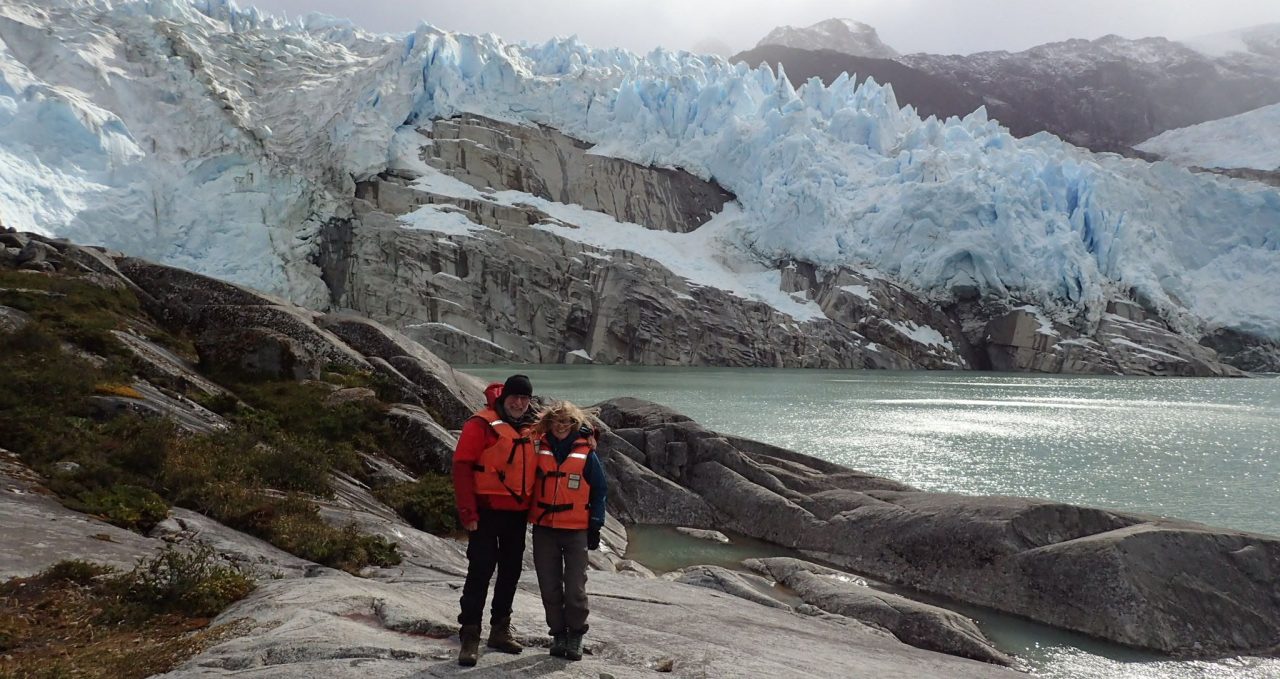
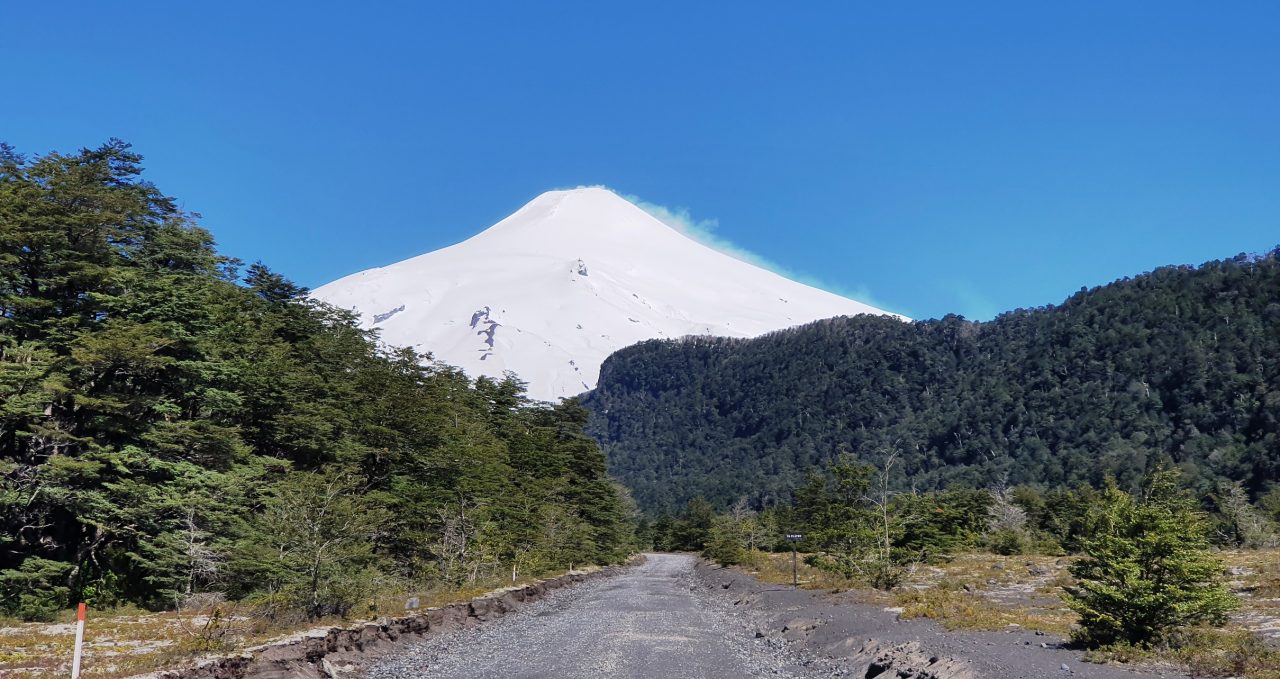
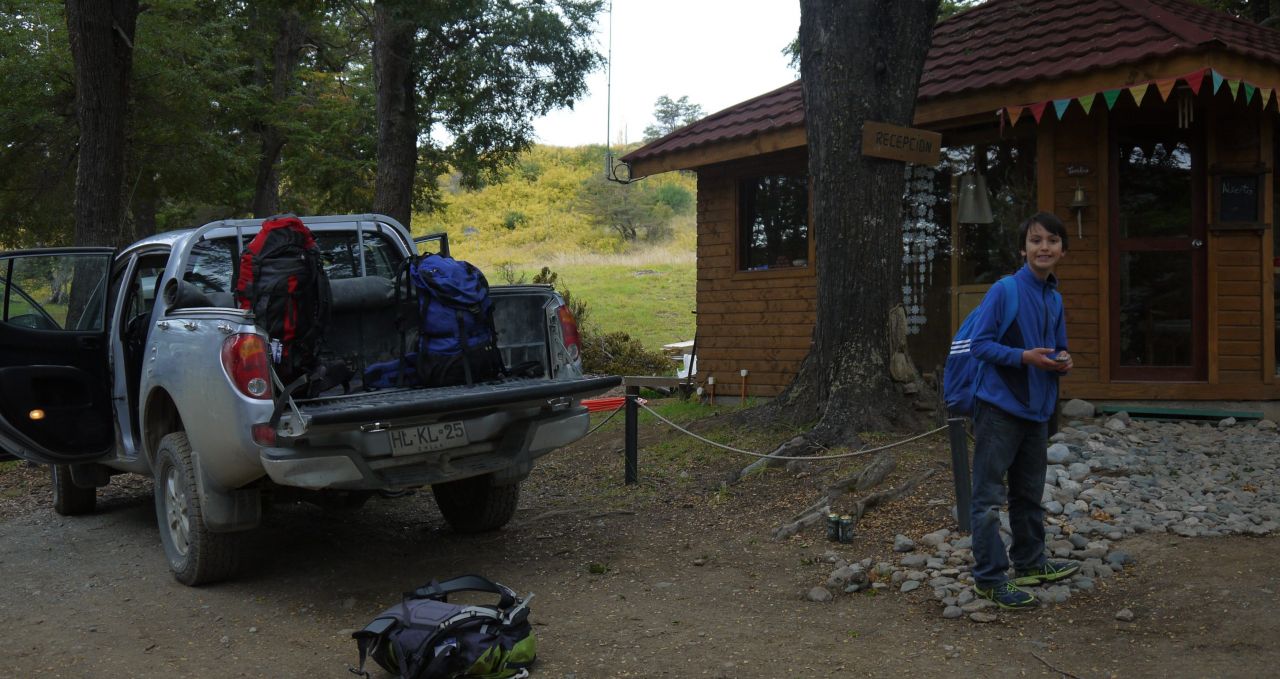
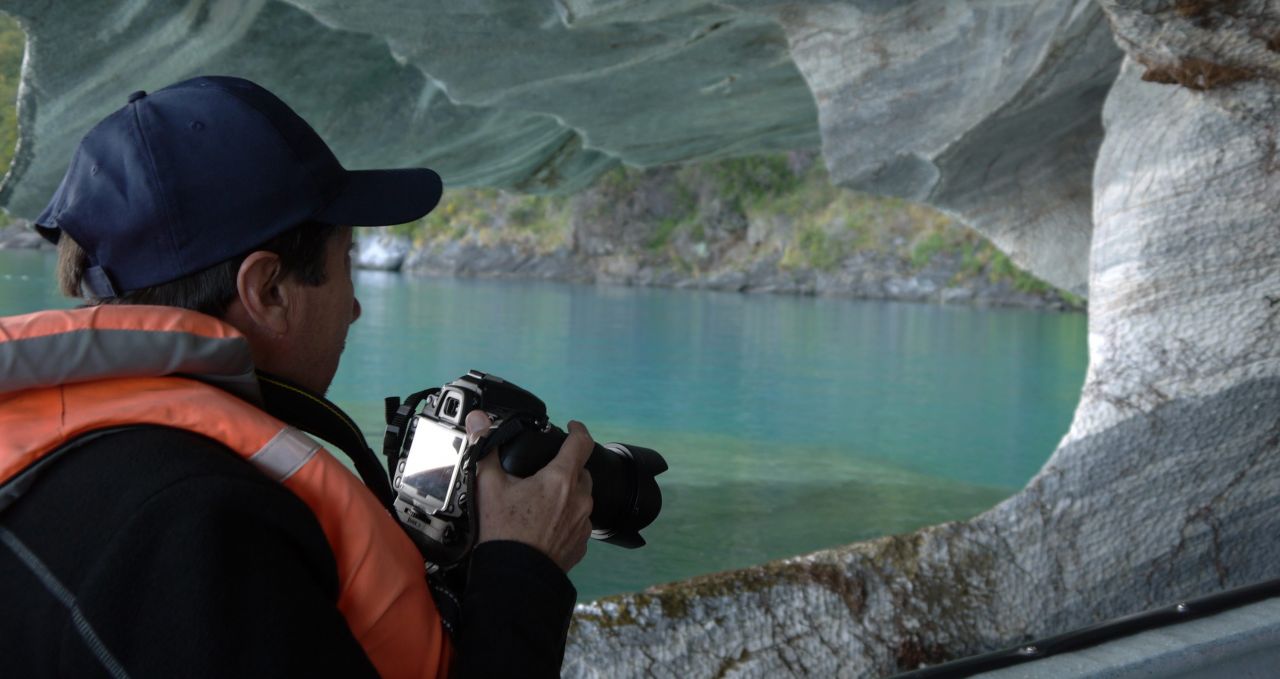
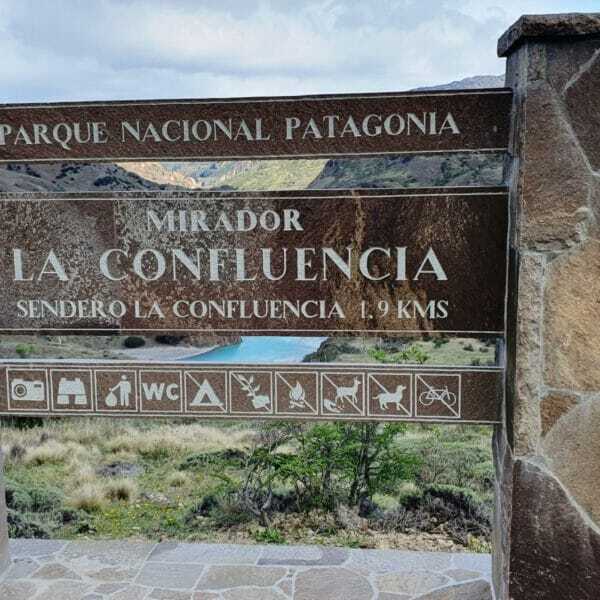
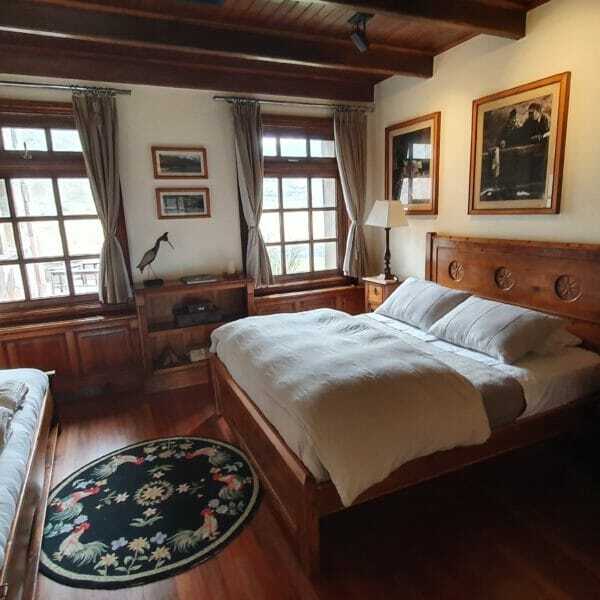
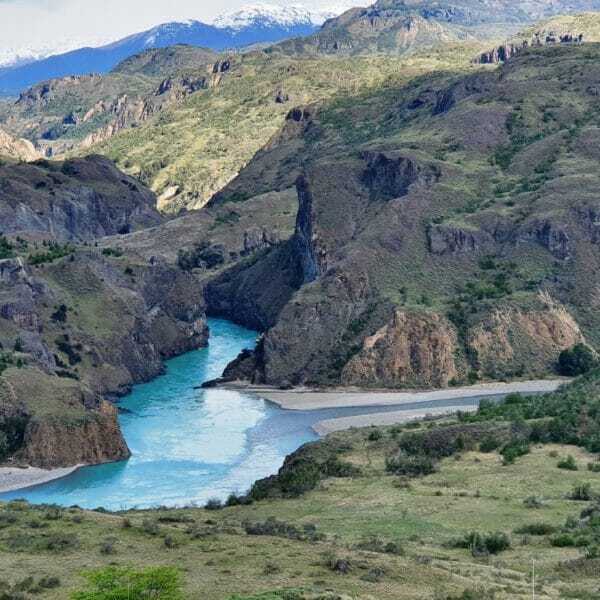
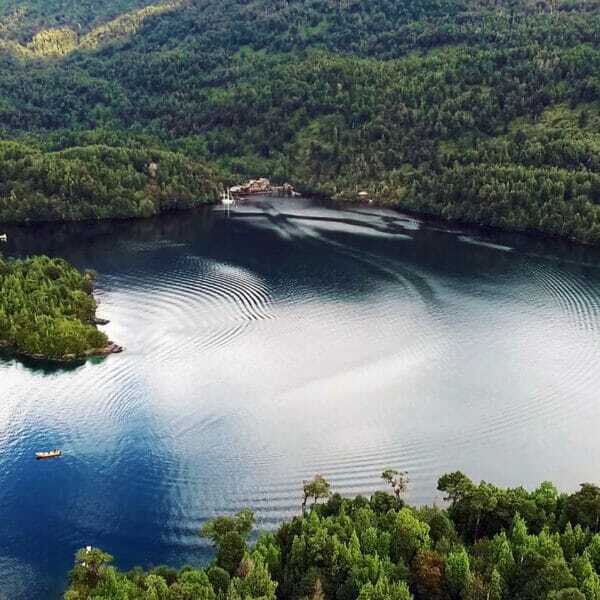
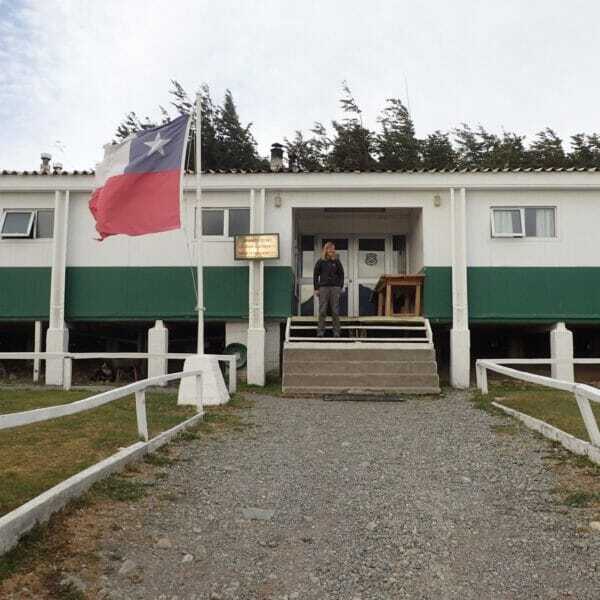
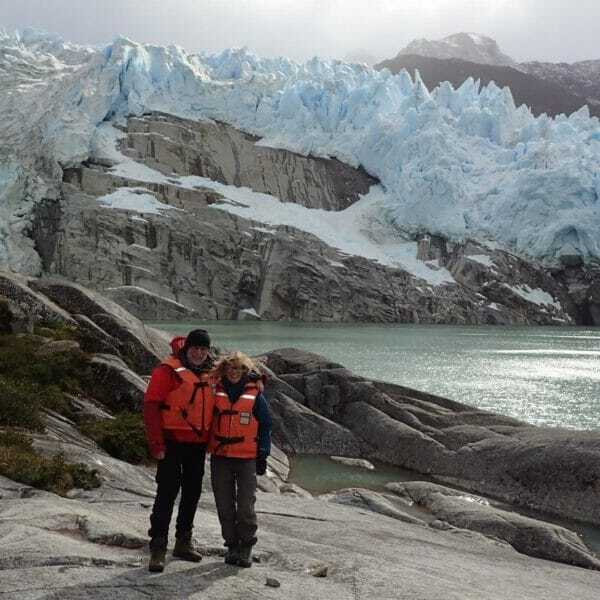
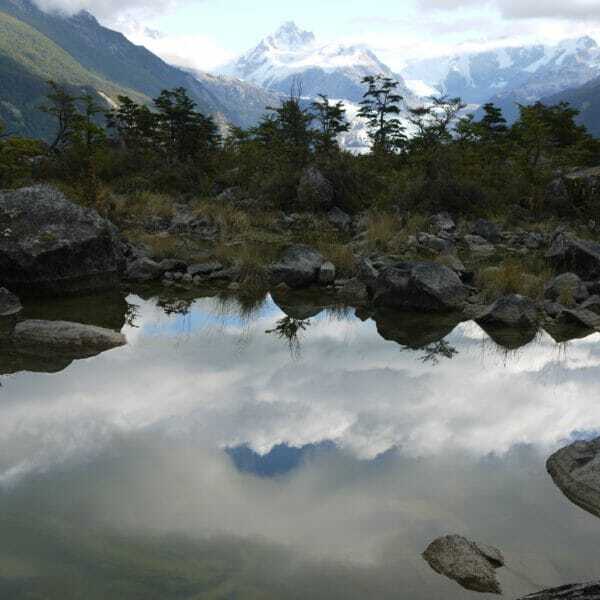
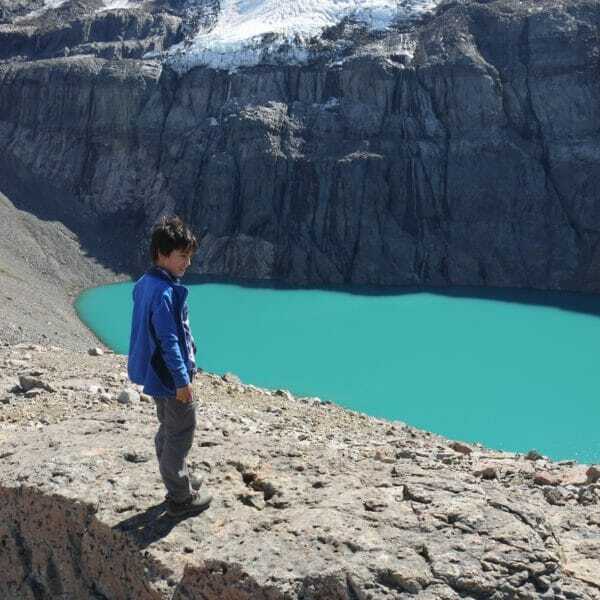
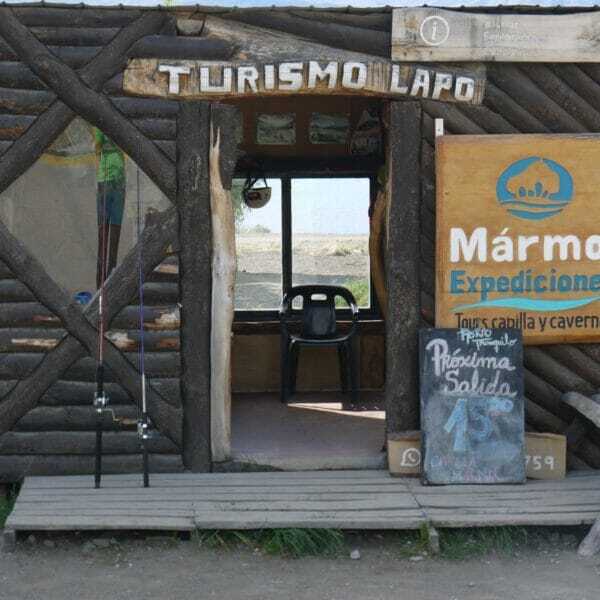
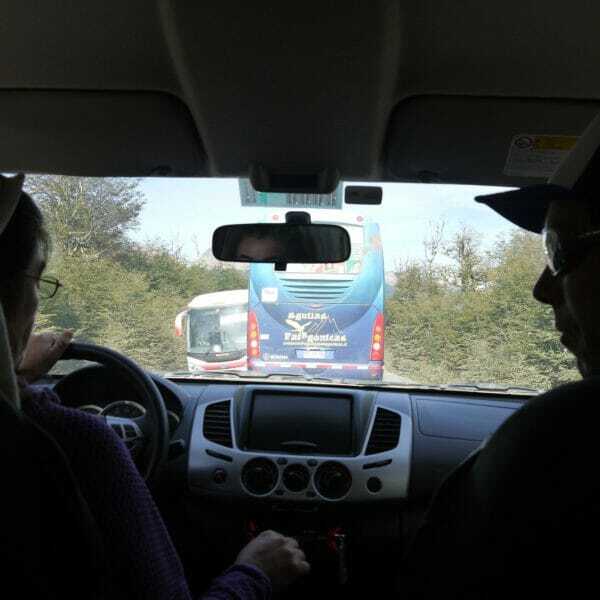
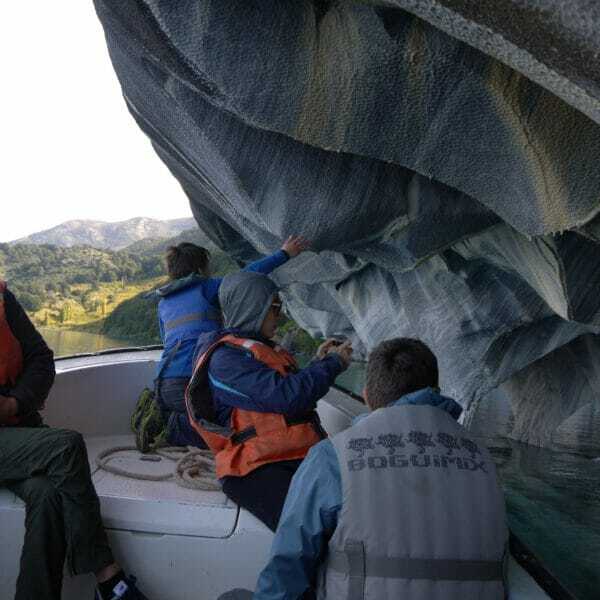
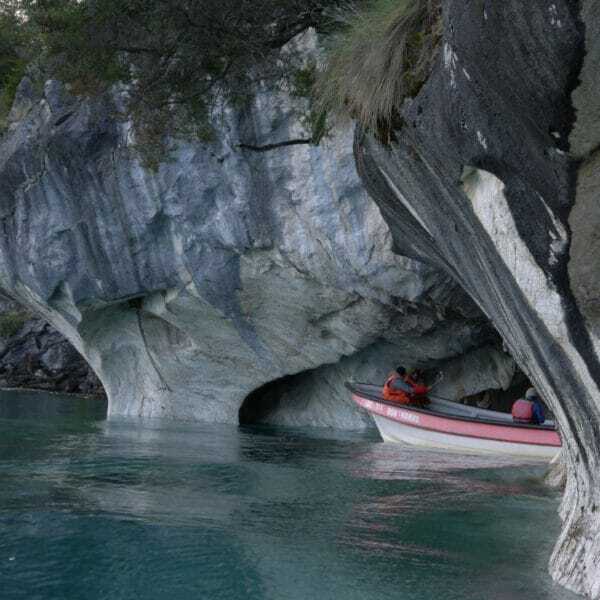
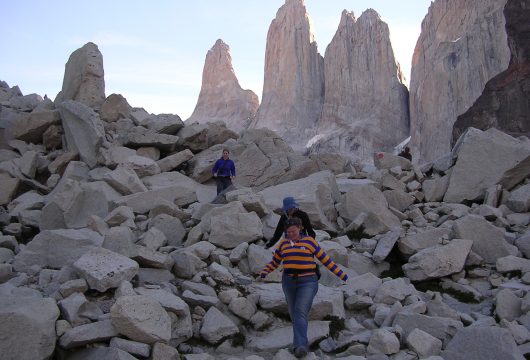
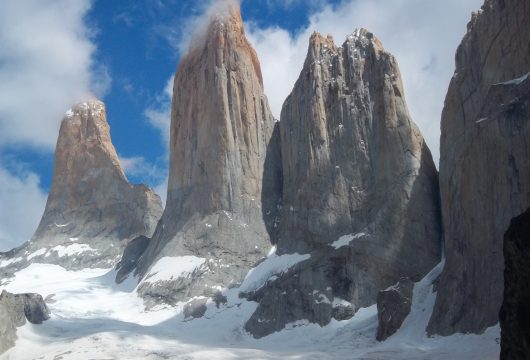
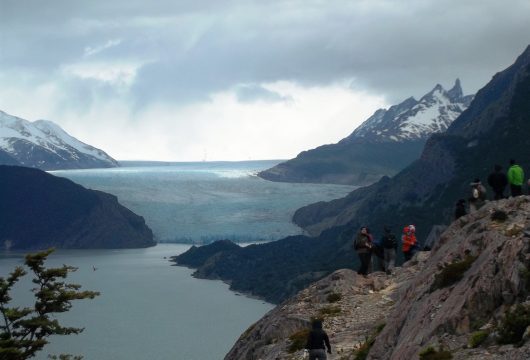
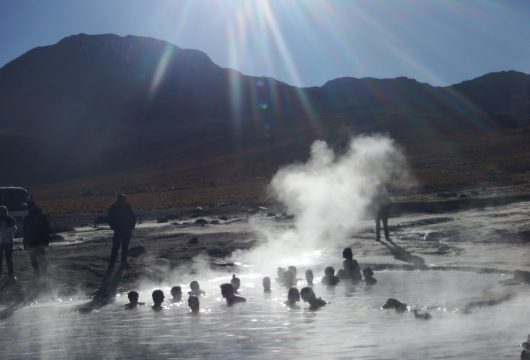
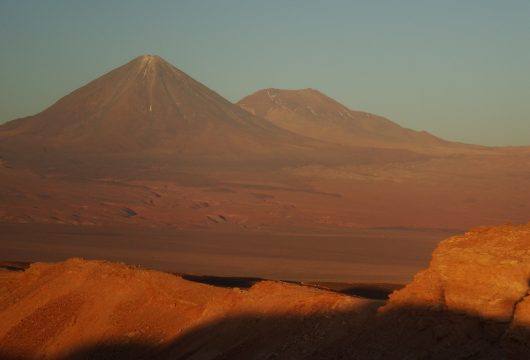
 a Group Tour
a Group Tour  a Tailor Made Tour
a Tailor Made Tour 